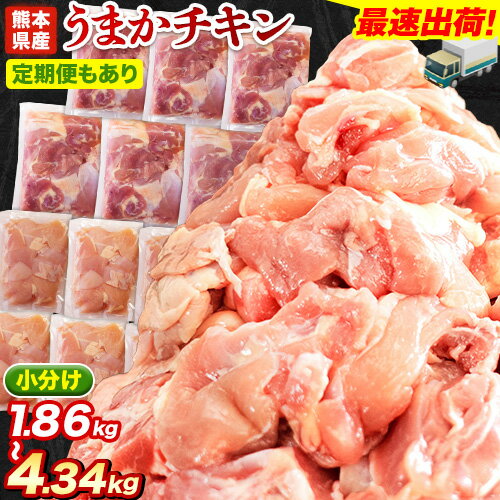論文No3874
CT Imaging Assessment of Response to Treatment in Allergic Bronchopulmonary Aspergillosis in Adults With Bronchial Asthma
Cendrine Godet,Anne-Laure Brun,Francis Couturaud,...Stéphanie Ragot,Jacques Cadranelfor the NebuLamB Study Group and GREPI Network
CHEST, VOLUME 165, ISSUE 6, P1307-1318, JUNE 2024.
<背景>
アレルギー性気管支肺アスペルギルス症の治療における大きな課題の1つは、
治療に対する反応を一貫して再現性高く評価することである。
<研究課題>
治療に対する反応を評価するために、CTスキャンパラメータの経時的変化で最も重要なものは何か?
<研究デザインと方法>
このランダム化臨床試験(NebuLamB)の補助研究において、
4ヵ月のアレルギー性気管支肺アスペルギルス症(ABPA)増悪治療期間(副腎皮質ステロイドおよびイトラコナゾール)中に増悪がなく、
CTスキャンが利用可能な喘息患者を対象とした。
治療開始時と終了時のCTスキャン所見の系統的解析により、変化したCTスキャンパラメータを評価した。
CTスキャンの評価は、臨床データを匿名化した2人の放射線科医が行った。
放射線学的パラメータは、経時的に有意な変化を示すものを選択して決定した。
少なくとも1つが改善し、他が悪化していないものを放射線学的反応とした。
放射線学的変化と臨床的および免疫学的反応との一致も同様に調査した。
<結果>
当初無作為化された139例のうち、132例が組み入れられた。
治療終了時に有意な変化を示したCTスキャンパラメータは5つであった:
ムコイドインパクション範囲、ムコイドインパクション濃度、小葉中心性小結節、
コンソリデーション/GGO、気管支壁肥厚(P < 0.05)。
これらの変化は、ムコイドインパクションの範囲と濃度を除いて、互いに弱い関連しか認めなかった。
臨床的、免疫学的、およびX線学的反応の間には、全体的な反応として評価しても、
各パラメーターを考慮しても、一致は認められなかった(Cohen κ、-0.01~0.24)。
<解釈>
ムコイドインパクション範囲、ムコイドインパクション濃度、小葉中心性小結節、コンソリデーション/GGO、気管支壁肥厚は、ABPA治療に対する放射線学的反応を評価するための最も関連性のあるCTスキャンパラメータであることが判明した。
治療成績の評価には、臨床的、免疫学的、および放射線学的な多角的アプローチを採用すべきであり、
おそらく複合的な治療反応性の定義が必要であろう。
臨床試験登録
ClinicalTrials.gov;番号:NCT02273661;URL:www.clinicaltrials.gov)
DeepL.com(無料版)で翻訳しました。
Background
One of the major challenges in managing allergic bronchopulmonary aspergillosis remains consistent and reproducible assessment of response to treatment.
Research Question
What are the most relevant changes in CT scan parameters over time for assessing response to treatment?
Study Design and Methods
In this ancillary study of a randomized clinical trial (NebuLamB), patients with asthma with available CT scan and without exacerbation during a 4-month allergic bronchopulmonary aspergillosis exacerbation treatment period (corticosteroids and itraconazole) were included. Changed CT scan parameters were assessed by systematic analyses of CT scan findings at initiation and end of treatment. CT scans were assessed by two radiologists anonymized to the clinical data. Radiologic parameters were determined by selecting those showing significant changes over time. Improvement of at least one, without worsening of the others, defined the radiologic response. Agreement between radiologic changes and clinical and immunologic responses was likewise investigated.
Results
Among the 139 originally randomized patients, 132 were included. We identified five CT scan parameters showing significant changes at end of treatment: mucoid impaction extent, mucoid impaction density, centrilobular micronodules, consolidation/ground-glass opacities, and bronchial wall thickening (P < .05). These changes were only weakly associated with one another, except for mucoid impaction extent and density. No agreement was observed between clinical, immunologic, and radiologic responses, assessed as an overall response, or considering each of the parameters (Cohen κ, −0.01 to 0.24).
Interpretation
Changes in extent and density of mucoid impaction, centrilobular micronodules, consolidation/ground-glass opacities, and thickening of the bronchial walls were found to be the most relevant CT scan parameters to assess radiologic response to treatment. A clinical, immunologic, and radiologic multidimensional approach should be adopted to assess outcomes, probably with a composite definition of response to treatment.
Trial Registration
ClinicalTrials.gov; No.: NCT02273661; URL: www.clinicaltrials.gov)


